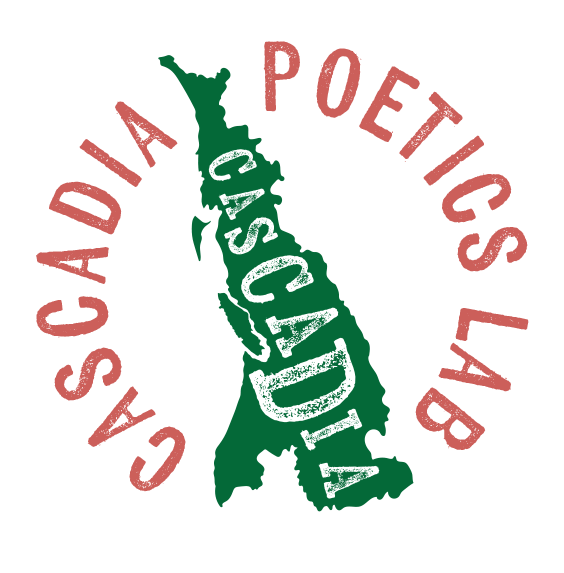I had the good fortune last Sunday (May 19) to be invited to participate in a reading at Memory’s Vault to celebrate the publication of the Empty Bowl book Memory’s Vault: The Poetic Heart of Fort Warden. As the Literary Executor for Sam Hamill, my permission was required to allow Sam’s poems to be included in the book, and it was a smart move, as the book honors Sam, as well as Richard Turner, the artist who created the Memory’s Vault Installation.
If you have not visited the “site specific sculpture” it is worth the drive to Fort Worden in Port Townsend. At the spot where the Strait of Juan de Fuca meets Puget Sound, you can imagine the fort’s strategic importance in the era before airplanes when war was conducted by land and sea. Sam Hamill was a noted pacifist, having been a conscientious objector while in the Marines, stationed in Okinawa, where he started his Zen studies in earnest. Read his poem “True Peace” in Cascadian Zen and you’ll get a sense of that. The conversion of the fort to peaceful purposes took on momentum when Sam and Tree Swenson relocated Copper Canyon Press to Fort Warden in 1974, and Memory’s Vault is a remarkable statement on the transition from war and war planning to peace and the solace nature provides.
The book is a suitable document, with an intelligent preface by Bob Francis, who had the idea for a pamphlet on Memory’s Vault, which turned into a book. There is an invaluable piece on the design of the installation by Richard Turner, who had not visited for decades and was delighted with how nature is slowly incorporating itself into the site. There are also Community Voices and Reflections, such as a newspaper review and poetry and prose. Natalie Goldberg, Gary Copeland Lilley and Claudia Castro Luna are among the contributors.
To the credit of the book’s editors, there are dissenting voices. One likens the installation to vandalism. One that suggests men should no longer create art, or at least should not display their art. One that suggests Sam Hamill’s poems in the installation “describe a colonized relationship to place…” At Sunday’s event, during which we made a pilgrimage from building #305 at the fort up to the installation and back, there was a little grumbling about these notions. My reply, which I think would have pleased a lifelong Ezra Pound scholar like Sam, was, “What thou lovest well remains, the rest is dross.”
It takes a little perception to discern the difference between the colonizers and those like Sam who took a bodhisattva vow of poverty to poetry, and rededicated himself to non-violence. Most cultures expect perception of their poets, but in this industry-generated culture, perception is often lost to the voices yelling loudest, getting the most clicks, to Jungian projection, or to indulging the tastes of the moment instead of a deeper personal gesture which takes true inspiration. Time eventually cuts through all of this, but I take strength from Sam’s example and go deeper when the forces of commerce seem to compel rhetoric or other diversions. There is no doubt that Sam’s watching all of this and getting a kick out of it. I could sense his presence very clearly.
Buy the book, or borrow it from your local library and judge for yourself. There are opportunities for reflection near the end of the book and this is a mark of the wisdom and perception of the editor and publishers. Memory’s Vault is an opportunity for reflection and the book offers the same opportunity, if one has the courage to go deeper.

PEN at Memory’s Vault by Richard Meadows 19 MAY 2024

PEN with Richard Turner 19-MAY-2024 by Richard Meadows

PEN & Joseph Bednarik by Richard Meadows

PEN & Joseph Bednarik by Richard Meadows 19-MAY-2024


Richard Turner

Tree Swenson




Bill Mawhinney & PEN

Memory’s Vault

